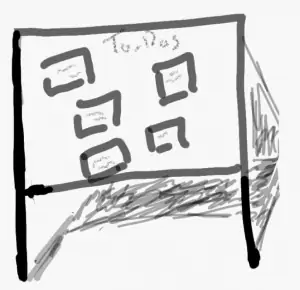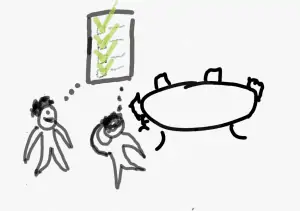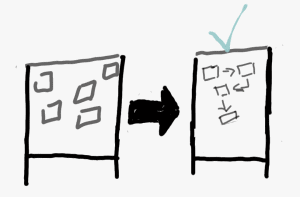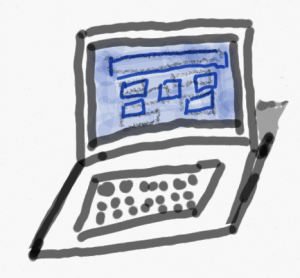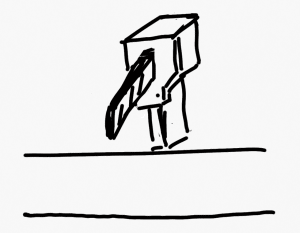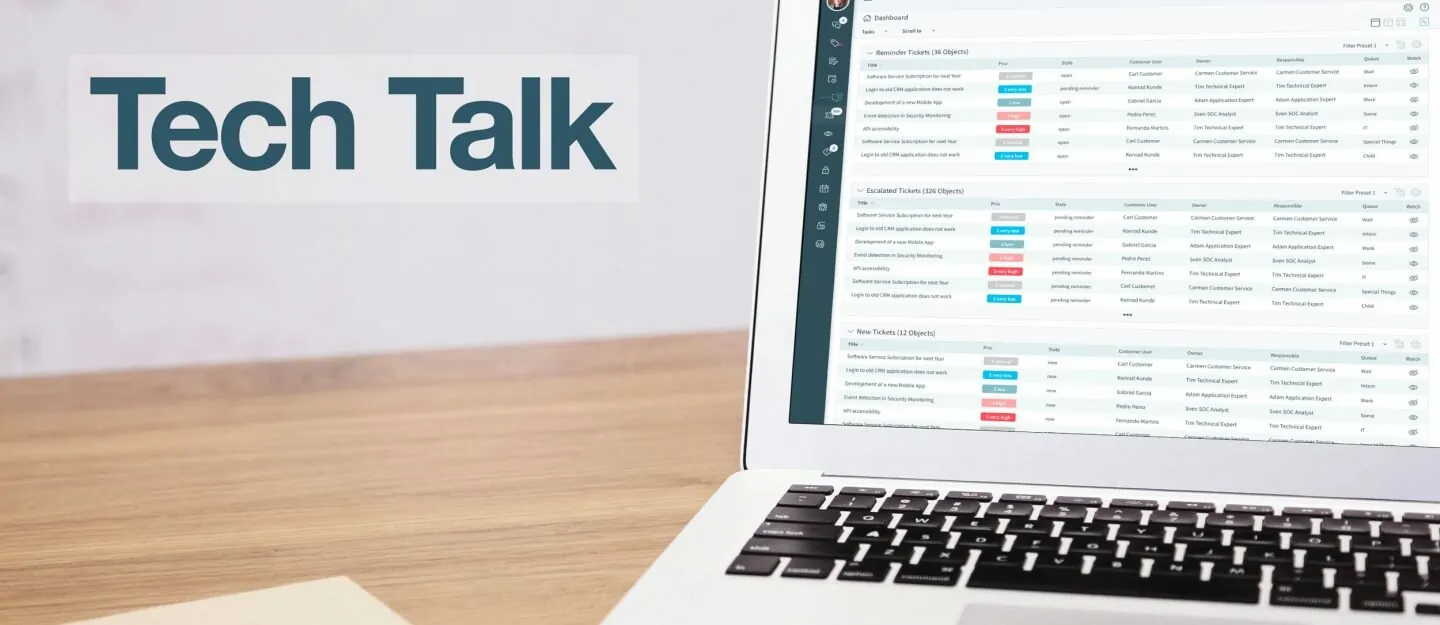

In life, preparation is everything. When preparing to automate tasks in OTRS, the main work is not in programming the process module to do what you desire, but it is in the preparation. With good preparation, designing processes to use with OTRS is a breeze.
Below are the 10 steps that should be done in advance process design via OTRS process management (BPMS). We’ll take a service desk incident process as an example.
1. Identify activities of the process.
These should not be TASKS, such as “Set Queue to 2nd Level,” but should instead be broader descriptions of what will happen, such as Create Record, Categorize Incident, Prioritize Incident, or Analyze Symptom.
2. Identify data collected by the process.
An incident process may include data such as:
- Request Type (Tickets)
- Service Level Agreement (Time to work on ticket)
- Service Level (Criticality)
3. Identify the workflow of activities.
What is to be done first, second, third? In what order should the activities take place?
Identify useful dialogs for each activity.
4. Identify useful dialogs for each activity.
Doing this in advance will ensure that you collect or record the right data every step of the way.
5. Identify triggers for optional and immediate advancement to the next activity.
For example, in what cases is it necessary to escalate to 2nd Level support?
6. Determine which data should be saved as process data for use in templates (i.e. handover texts).
For instance, you may want to capture:
- Description
- Initial analysis
- Suggested workaround
- Workaround results
- Confirmation that the knowledge base was consulted
- Verification of the system version
- Attached log files
7. Identify escalation paths (i.e. escalate to 2ndtier after workaround failure).
Are there multiple escalation paths?
8. Set workflow requirements.
Be sure to consult Level 2 or other departments where escalation is possible to gather their requirements also.
9. Identify loop-back possibilities.
Under which circumstances can requests boomerang and why?
10. Draw the process.
For example with a tool like https://bpmn.io. Does it flow smoothly? Does it capture the decisions made in the previous nine steps?
By spending time on process preparation, you’ll have better results when you get started with OTRS process management. The prep work ensures that all of the agreements have been made and decisions are captured so that building out your process and automation happen much more smoothly. From there, work will start to transition seamlessly from customer to agent to teammates — exactly how you envisioned.
Categories
- About OTRS Group (21)
- Automation (3)
- Corporate Security (26)
- Customer Service (30)
- Developing a Corporate Culture (12)
- Digital Transformation (54)
- General (86)
- ITSM (36)
- Leadership (22)
- OTRS in Action (8)
- Processes (5)
- Using OTRS (15)
